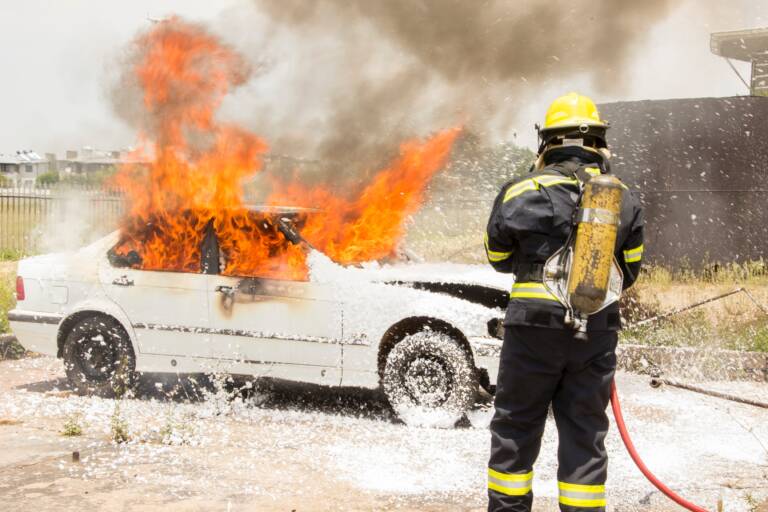What if the next financial crisis started with credit for car purchases?

Crises never repeat themselves, but start each time from different factors. In 2007 it was the real estate sector, what if this time it was the auto sector? Warning signals are coming from the USA from this important industrial sector. Rising car prices and the end of pandemic-era incentives could put the nation's most vulnerable borrowers in trouble making loan payments, according to the Consumer Financial Protection Bureau's findings.
A recent CFPB report found that auto loans originated in 2021 have a default rate of 0.67% in the sixth quarter following their origination. This is 13% higher than the loans taken out in 2018.
While nearly all groups are seeing an increase in delinquencies, consumers with subprime and deep subprime credit scores (between 540 and 619 and below 540, respectively) are the hardest hit. For example, loans originated in 2022 by this group experienced a delinquency rate of 2.4% after the first two quarters of initiation. This is a 33% increase from the previous high recorded in 2020, according to the CFPB.
Ben Litwin, financial analyst at the CFPB and co-author of the report, said the simplest explanation is the nationwide increase in car prices: with a higher income,” Litwin told Automotive News. “This point in particular seems very intuitive .” This is joined by the end of the incentives linked to Covid, which had distributed a lot of easy money among consumers: “ The lenders we spoke to confirm this “, said Litwin. “ There has been an increase in defaults as several stimulus programs end, whether it's one-off payments or extended unemployment .”
So one of the driving sectors is having a crisis of insolvency that mainly affects the less reliable debtors. This may remind you of the subprime mortgages of 2007, with the downside that the depreciation of cars is much higher than that of real estate. The Fed's interest rate hike is adding fuel to an already burning fire.
Furthermore, we are witnessing another worrying phenomenon that is very reminiscent of the collapse of subprime mortgages: as @cardealershipguy points out: given that cars depreciate faster than debts are repaid, there is now a wide spread between the value of the car and debt still outstanding, whereby many are ceasing to pay their debts and therefore allowing their car to be impounded. However, these cars then fill the deposits first and then the second-hand market, further depressing the prices of similar used cars. Meanwhile, the value of auto payments continues to climb, having reached $700 a month in Q4 2022, a double-digit increase from a year earlier.
We have a perfect mix for a financial crisis:
- growing value of debts, and therefore insolvencies;
- the financed product depreciates faster than the debt;
- rising interest rates;
- increasing installments;
The auto financial market amounted to 1,500 billion dollars at the end of the second quarter of 2022, therefore certainly not a trifle, more or less 6% of US GDP, but even here we do not know if these were then the basis of derivative products, very dangerous. Not to mention that a blockage in the auto loan sector would have serious industrial repercussions in the economy which now accounts for 17% of the global market.

Thanks to our Telegram channel you can stay updated on the publication of new articles from Economic Scenarios.
The article What if the next financial crisis started with credit for car purchases? comes from Economic Scenarios .
This is a machine translation of a post published on Scenari Economici at the URL https://scenarieconomici.it/se-la-prossima-crisi-finanziaria-partisse-dai-crediti-per-lacquisto-auto/ on Sun, 18 Dec 2022 11:32:14 +0000.
